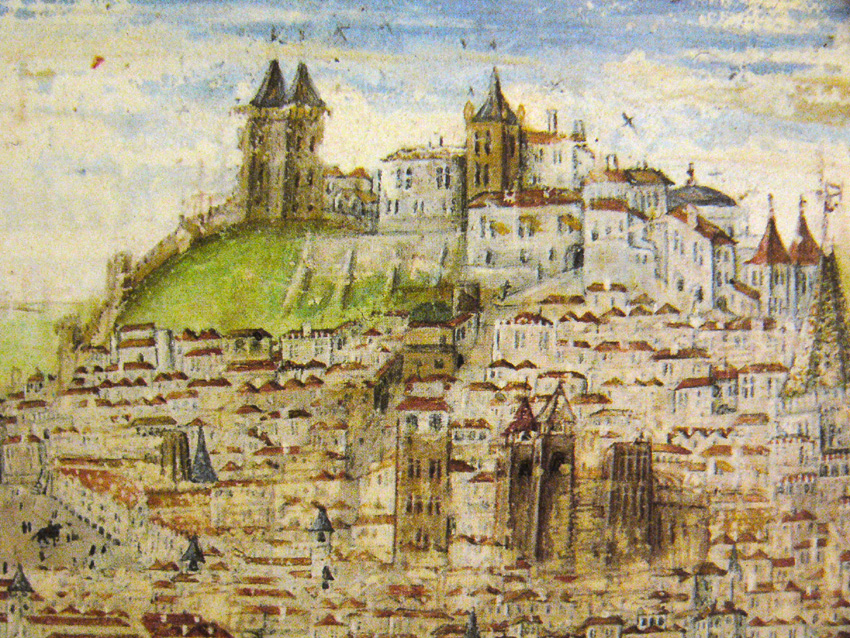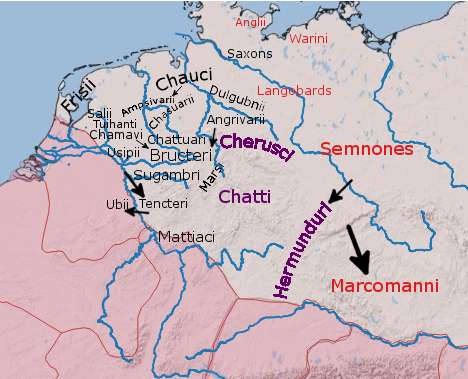|
São Jorge Castle
Saint George's Castle ( pt, Castelo de São Jorge; ) is a historic castle in the Portuguese capital of Lisbon, located in the ''freguesia'' of Santa Maria Maior. Human occupation of the castle hill dates to at least the 8th century BC while the first fortifications built date from the 1st century BC. The hill on which Saint George's Castle stands has played an important part in the history of Lisbon, having served as the location of fortifications occupied successively by Phoenicians, Carthaginians, Romans, and Moors, before its conquest by the Portuguese in the 1147 Siege of Lisbon. Since the 12th century, the castle has variously served as a royal palace, a military barracks, home of the Torre do Tombo National Archive, and now as a national monument and museum. History Although the first fortifications on this hilltop date from the 1st century BC, archaeological excavations have identified a human presence in the Tagus valley as far back as the 8th century BC. The first ... [...More Info...] [...Related Items...] OR: [Wikipedia] [Google] [Baidu] |
Lisbon Municipality
Lisbon (; pt, Lisboa ) is the capital and largest city of Portugal, with an estimated population of 544,851 within its administrative limits in an area of 100.05 km2. Lisbon's urban area extends beyond the city's administrative limits with a population of around 2.7 million people, being the 11th-most populous urban area in the European Union.Demographia: World Urban Areas - demographia.com, 06.2021 About 3 million people live in the , making it the third largest metropolitan area in the , ... [...More Info...] [...Related Items...] OR: [Wikipedia] [Google] [Baidu] |
Siege Of Lisbon
The siege of Lisbon, from 1 July to 25 October 1147, was the military action that brought the city of Lisbon under definitive Portuguese control and expelled its Moorish overlords. The siege of Lisbon was one of the few Christian victories of the Second Crusade—it was "the only success of the universal operation undertaken by the pilgrim army", i.e., the Second Crusade, according to the near contemporary historian Helmold, though others have questioned whether it was really part of that crusade.West, 2013 It is seen as a pivotal battle of the wider ''Reconquista''. The fall of Edessa in 1144 led to a call for a new crusade by Pope Eugene III in 1145 and 1146. In the spring of 1147, the Pope authorized the crusade in the Iberian peninsula. He also authorized Alfonso VII of León and Castile to equate his campaigns against the Moors with the rest of the Second Crusade. In May 1147, a contingent of crusaders left from Dartmouth in England. They had intended to sail directly ... [...More Info...] [...Related Items...] OR: [Wikipedia] [Google] [Baidu] |
Berbers
, image = File:Berber_flag.svg , caption = The Berber flag, Berber ethnic flag , population = 36 million , region1 = Morocco , pop1 = 14 million to 18 million , region2 = Algeria , pop2 = 9 million to ~13 million , region3 = Mauritania , pop3 = 2.9 million , region4 = Niger , pop4 = 2.6 million, Niger: 11% of 23.6 million , region5 = France , pop5 = 2 million , region6 = Mali , pop6 = 850,000 , region7 = Libya , pop7 = 600,000 , region8 = Belgium , pop8 = 500,000 (including descendants) , region9 = Netherlands , pop9 = 467,455 (including descendants) , region10 = Burkina Faso , pop10 = 406,271, Burkina Faso: 1.9% of 21.4 million , region11 = Egypt , pop11 = 23,000 or 1,826,580 , region12 = Tunisia , ... [...More Info...] [...Related Items...] OR: [Wikipedia] [Google] [Baidu] |
Visigoths
The Visigoths (; la, Visigothi, Wisigothi, Vesi, Visi, Wesi, Wisi) were an early Germanic people who, along with the Ostrogoths, constituted the two major political entities of the Goths within the Roman Empire in late antiquity, or what is known as the Migration Period. The Visigoths emerged from earlier Gothic groups, including a large group of Thervingi, who had moved into the Roman Empire beginning in 376 and had played a major role in defeating the Romans at the Battle of Adrianople in 378. Relations between the Romans and the Visigoths varied, with the two groups making treaties when convenient, and warring with one another when not. Under their first leader, Alaric I, the Visigoths invaded Italy and sacked Rome in August 410. Afterwards, they began settling down, first in southern Gaul and eventually in Hispania, where they founded the Visigothic Kingdom and maintained a presence from the 5th to the 8th centuries AD. The Visigoths first settled in southern Gaul as ... [...More Info...] [...Related Items...] OR: [Wikipedia] [Google] [Baidu] |
Suebi
The Suebi (or Suebians, also spelled Suevi, Suavi) were a large group of Germanic peoples originally from the Elbe river region in what is now Germany and the Czech Republic. In the early Roman era they included many peoples with their own names such as the Marcomanni, Quadi, Hermunduri, Semnones, and Lombards. New groupings formed later, such as the Alamanni and Bavarians, and two kingdoms in the Migration Period were simply referred to as Suebian. Although Tacitus specified that the Suebian group was not an old tribal group itself, the Suebian peoples are associated by Pliny the Elder with the Irminones, a grouping of Germanic peoples who claimed ancestral connections. Tacitus mentions Suebian languages, and a geographical "Suevia". The Suevians were first mentioned by Julius Caesar in connection with the invasion of Gaul by the Germanic king Ariovistus during the Gallic Wars. Unlike Tacitus he described them as a single people, distinct from the Marcomanni, within t ... [...More Info...] [...Related Items...] OR: [Wikipedia] [Google] [Baidu] |


.jpg)

